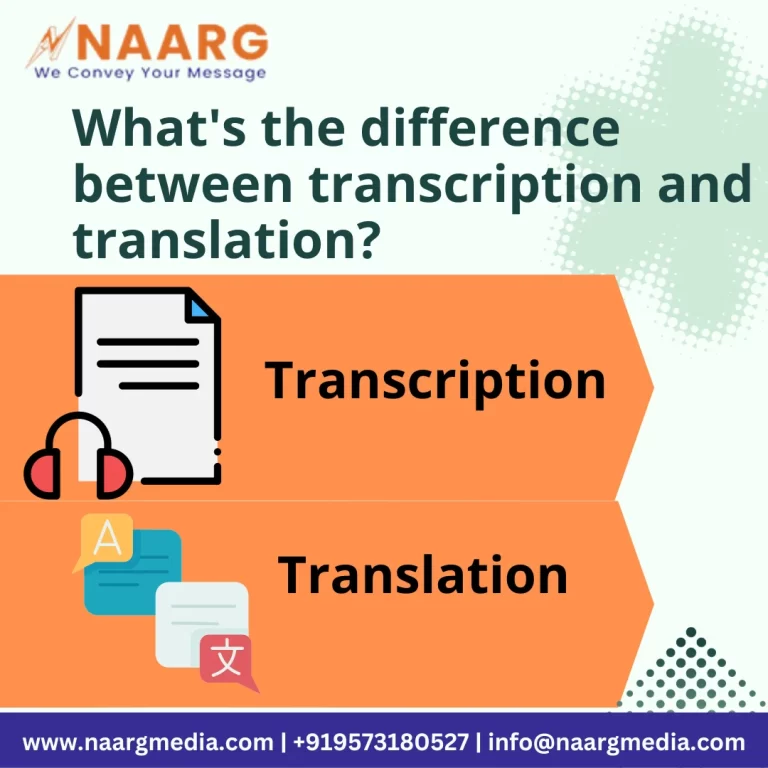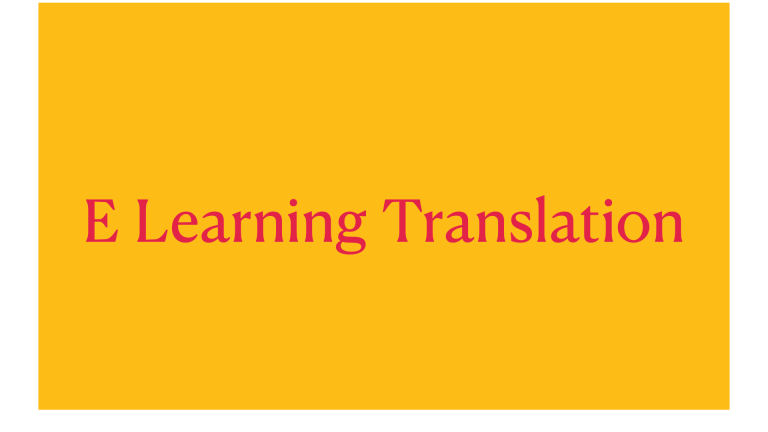What is the difference between transcription and translation? If you search for the difference between transcription and translation, you will probably encounter words like central dogma, RNA polymerase, DNA sequence, transcription RNA, etc. However, we will not discuss the concept of central dogma and how transcription and translation are involved in protein synthesis.
Here, we will discuss the difference between transcription and translation in language services.
Translation and transcription sound similar, but they are not interchangeable. They represent two fundamentally unique purposes. Transcribing and translating both involve converting the information from one format to a slightly different one. So, what is the difference between transcription and translation? Transcription deals with audio information and converts it into a written format.
On the other hand, translation deals with information in one language and converts it into another language. Both terms refer to very different processes and do not share the same goal. Did you know that the global language service market is predicted to reach US$96.21 billion by the end of 2032?
So, it becomes even more essential to understand the difference between transcription and translation. Here’s what you need to know if you are wondering what the difference is between transcription and translation. In this blog post, we will tell you about the differences and similarities between the two.

Similarities between transcription and translation
Transcription and translation are both essential for effective communication. Both of these processes are somewhat interrelated. Here are some of the similarities between translation and transcription.
1. Language Expertise
Both these processes—transcription and translation—require a deep understanding of the source and target languages. Although transcription involves only one language, still a deep understanding of the language is required. For these processes, professionals are required to accurately convey the content from one language to another.
2. Accuracy
Accuracy is paramount in both transcription and translation services. Professionals must transcribe spoken words with precision. Translators must convey the meaning and nuances of the source text accurately.
3. Cultural Competence
Translators and transcriptionists need to be culturally competent. Both processes involve understanding cultural references, idiomatic expressions, and nuances to ensure content is culturally appropriate.
4. Grammar and Style
Professionals for transcription and translation services must have a strong grasp of grammar, punctuation, and writing style in both the source and target languages.
Differences between transcription and translation
Before understanding the differences, we should first understand the definitions of transcription and translation. Transcription is the process of turning another kind of medium into a written record. The most common form of transcription involves listening to an audio file and writing it down after listening to it verbatim. Whereas translation is the process of rendering text from one language to another while preserving the original meaning and intent as closely as possible, Now we come to the differences between the two.
1. Conversion method
As we mentioned above, translation involves converting a text file from one language to another. For instance, when converting a text from English to Spanish you see two languages are involved. Transcription is the process of listening to audio,video, or live speech and writing it into text format with the exact wording that the original audio has. It is a straightforward process and requires little consideration of culture.
2. Number of languages involved
In the translation process, more than one language is involved. Professionals must be proficient in the source and target languages. Whereas in transcription, you have to use one language that the speaker of the audio, or speech, uses. Audio or video is converted from one form of the same language to another form of the same language.
3. Language form
One aspect of transcription is that if you know one language thoroughly and have a good grasp of the language, you can perform transcription. Transcription also includes converting sign language to text. Whereas for the translation process, the professional translator must be proficient in both the source and target languages. It involves translation from one language to another in text form, and no other form of communication is involved.
We are Naarg, a global language services provider, supporting various businesses in reaching a global audience in any language. Our native linguists and project management team can accelerate your timelines and reduce delays in launching products.
Feel free to visit our website, or you can contact us at info@naargmedia.com to learn more about our services.

